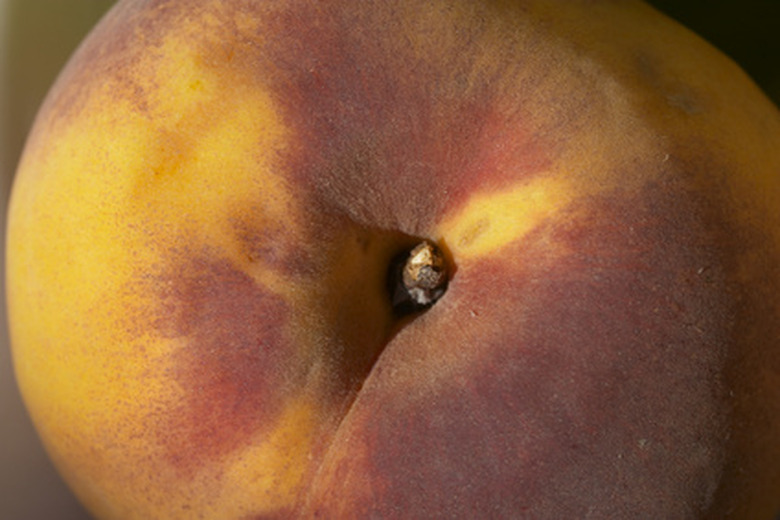Late Blooming Peach Trees
People have loved peaches for thousands of years. They are second in popularity only to apples, and they are a sunny symbol of summer. Peach trees bloom in the spring, after a required period of chilling. Late-blooming peach trees will produce their pink or white flowers toward the end of the season, ideally escaping any unexpected late frosts.
Belle of Georgia
Belle of Georgia produces large, freestone fruits with white flesh. This hardy variety has brilliant red flowers and is not drought tolerant. It grows best in USDA Hardiness Zones 5 to 8.
- People have loved peaches for thousands of years.
- Late-blooming peach trees will produce their pink or white flowers toward the end of the season, ideally escaping any unexpected late frosts.
Ranger
Ranger produces medium-sized, full-flavored yellow freestone fruits. Its flowers are pink, and it is somewhat drought tolerant. It grows in USDA zones 5 to 9.
Veteran
Veteran is not only late-blooming, but is also an excellent choice for cold climates. Its freestone fruits have yellow flesh and rich flavor. Its flowers are pink, and it is somewhat drought tolerant. It grows in USDA zones 5 to 9.
- Ranger produces medium-sized, full-flavored yellow freestone fruits.
- Its flowers are pink, and it is somewhat drought tolerant.
Redskin
Redskin is a heavy producer of large, flavorful yellow freestone fruits. Its flowers are pink and white, and it is not drought tolerant. It grows in USDA zones 5 to 9, but is best for the southest, mid-Atlantic and lower Midwest.
Madison
Madison produces medium-sized yellow freestone fruits. Its flowers are pink and white, and it is not drought tolerant, although it is hardy. It grows in USDA zones 6 to 9.
Dixired
Dixired is a medium-sized clingstone with yellow, moderately flavorful fruits. Its flowers are pink, and it is somewhat drought tolerant. It grows in USDA zones 5 to 9.
- Redskin is a heavy producer of large, flavorful yellow freestone fruits.
- Its flowers are pink and white, and it is not drought tolerant.
Month Does A Peach Tree Bloom?
The winter chilling requirement necessary for peach trees to bloom and yield peaches is between 33 and 45 degrees Fahrenheit. Peach varieties with a chill requirement of 750 to 850 hours bloom earlier and yield an earlier crop of peaches. Peach varieties need to be matched with your local climate. Peaches with the same chilling requirement will bloom and yield blossoms earlier or later, depending on local weather. A variety growing in a hot interior valley may blossom in early spring and yield ripe peaches in late June; if the same type is grown in cooler mountain foothills, it will blossom later and its peaches will not ripen until July. Those with short requirements will ripen first. With judicious selection, you might achieve ripe peaches over a six-to-eight-week period. This is especially useful if you want to sell peaches from a roadside stand.
- The winter chilling requirement necessary for peach trees to bloom and yield peaches is between 33 and 45 degrees Fahrenheit.
- Peach varieties with a chill requirement of 750 to 850 hours bloom earlier and yield an earlier crop of peaches.
References
- Ohio State University Extension: Peaches
- Harvest to Table: Peach Varieties
- University of California-Davis California Backyard Orchard: Peach (Prunus persica)
- North Carolina State University Extension: Growing Peaches in North Carolina
- Clemson University Extension: Peaches and Nectarines
- University of California-Davis: Growing Temperate Tree Fruit and Nut Crops in the Home Garden and Landscape
- Old Farmer's Almanac: Peaches
